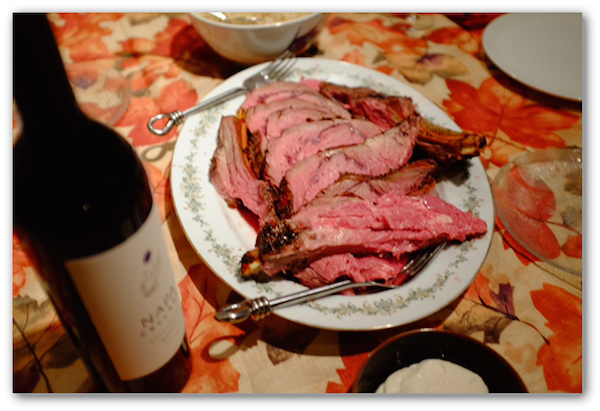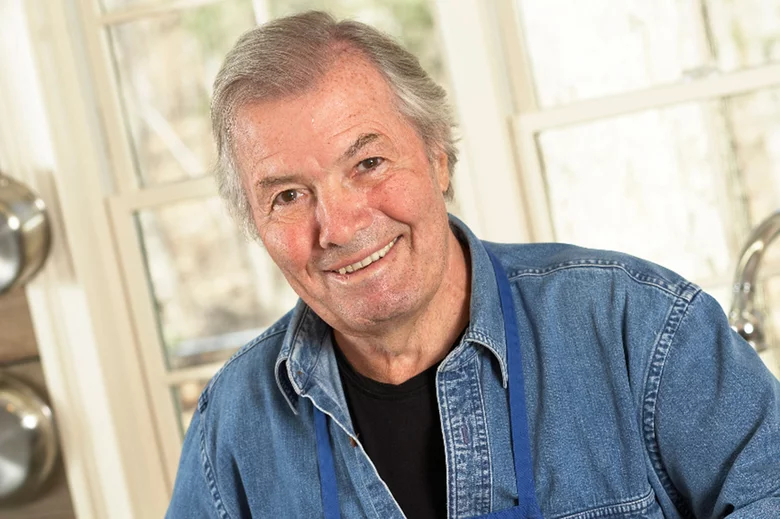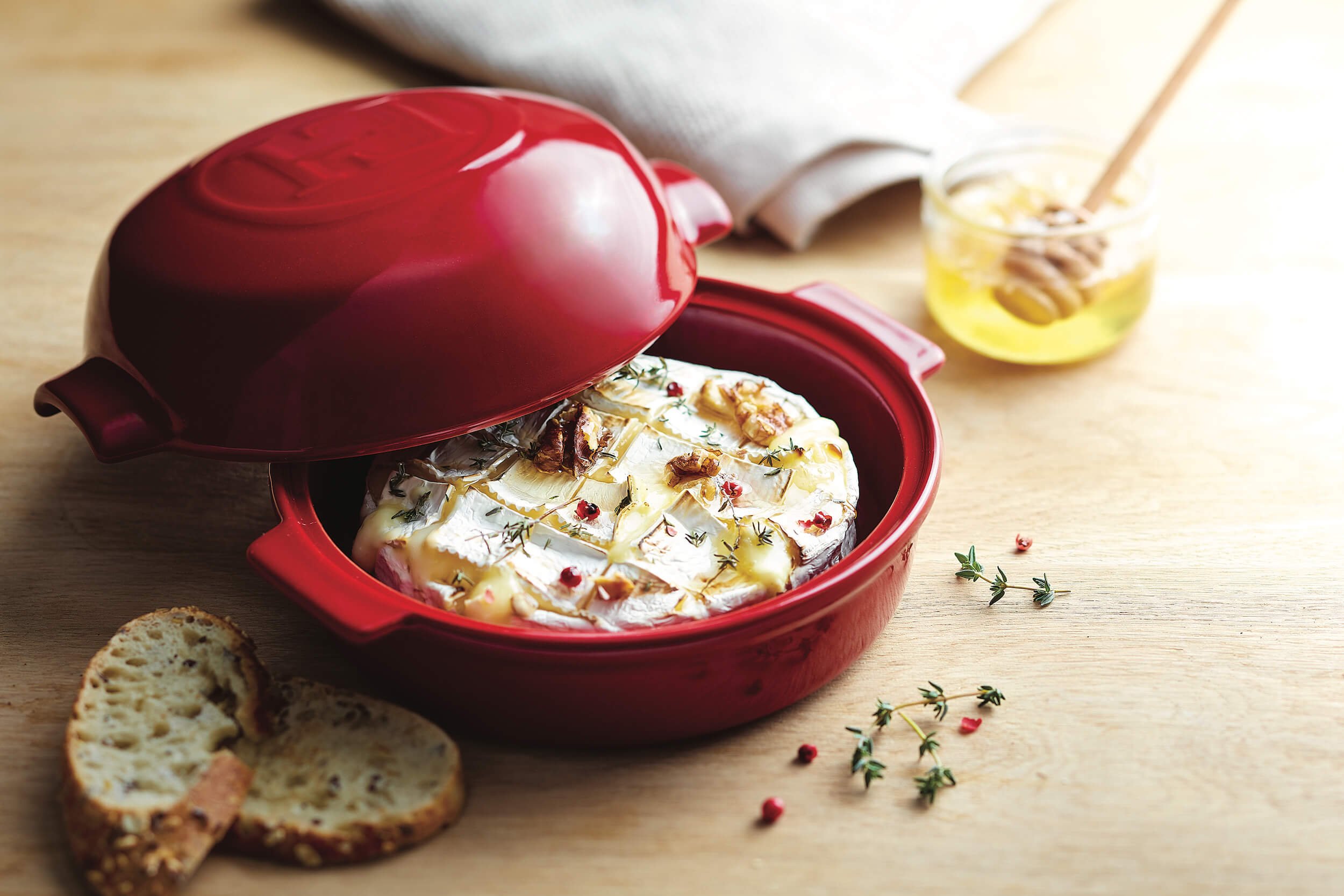Durham Bison Ranch is one of largest bison operations in the US, with a 55,000 acre ranch in Eastern Wyoming with around 3,000 bison. Unlike some producers, the bison from Durham is not completely 100% pasture raised. It’s finished on a feed lot where it is fed mostly grass based silage and very little grain, since it is not part of their natural diet. Why are their animals finished this way? Drought conditions means sometimes there isn’t enough grass to sustain the herd so “finishing” the bison gives them more food, it also helps ensure more consistency in the final product. The amount of time they are on a feed lot depends on various factors including the season and the weight and health of the animals. Durham does not use growth hormones or sub-therapeutic antibiotics on their bison.

Bison rib roasts are LARGE! Mine was about 16 inches long, had 7 bones and weighed over 12 pounds. It was large enough for me to cut several steaks off and still have a massive centerpiece roast.
You can serve bison rib roast just as you would a beef rib roast, sliced with a horseradish cream sauce on the side. Plan on about a half pound of meat per person. You can purchase roasts of various sizes, with or without the bones. Here are my tips for cooking a bison rib roast to perfection.
1. Coat it with an herb or spice rub with some salt and pepper—this will give it a flavorful crust.
2. Let the roast rest at room temperature before putting it in hot oven. You can cook it initially at around 500 degrees but keep an eye on it, you just want to develop good browning before lowering the temperature considerably. The browning will probably take around 20 minutes, more or less.
3. Cook the roat low and slow! Because bison is incredibly lean, you will ruin it if you overcook it. The temperature may vary depending upon the size of the roast and your oven, but somewhere around 225-250 degrees is fine. Cooking time will take somewhere between 2 and 3 hours.
4. Check the temperature! Temperature, not the look of the meat will let you know if it’s done. Cook until the internal temperature reaches 125 degrees for rare or 133 for medium and then let the roast rest, the temperature may continue to rise.
5. Let the roast rest before slicing. This helps the juices reabsorb into the meat and means the roast will be juicier.
While some rare cuts of beef can be tough, the rib roast is extremely tender, typically even more tender than beef. It’s also leaner and milder in flavor. Leftover slices of rib roast are great for sandwiches.
Durham Ranch Their specialty meats including bison are available at Raley's in the Northern California and Northern Nevada and Sprout's stores in Southern California and Arizona.










